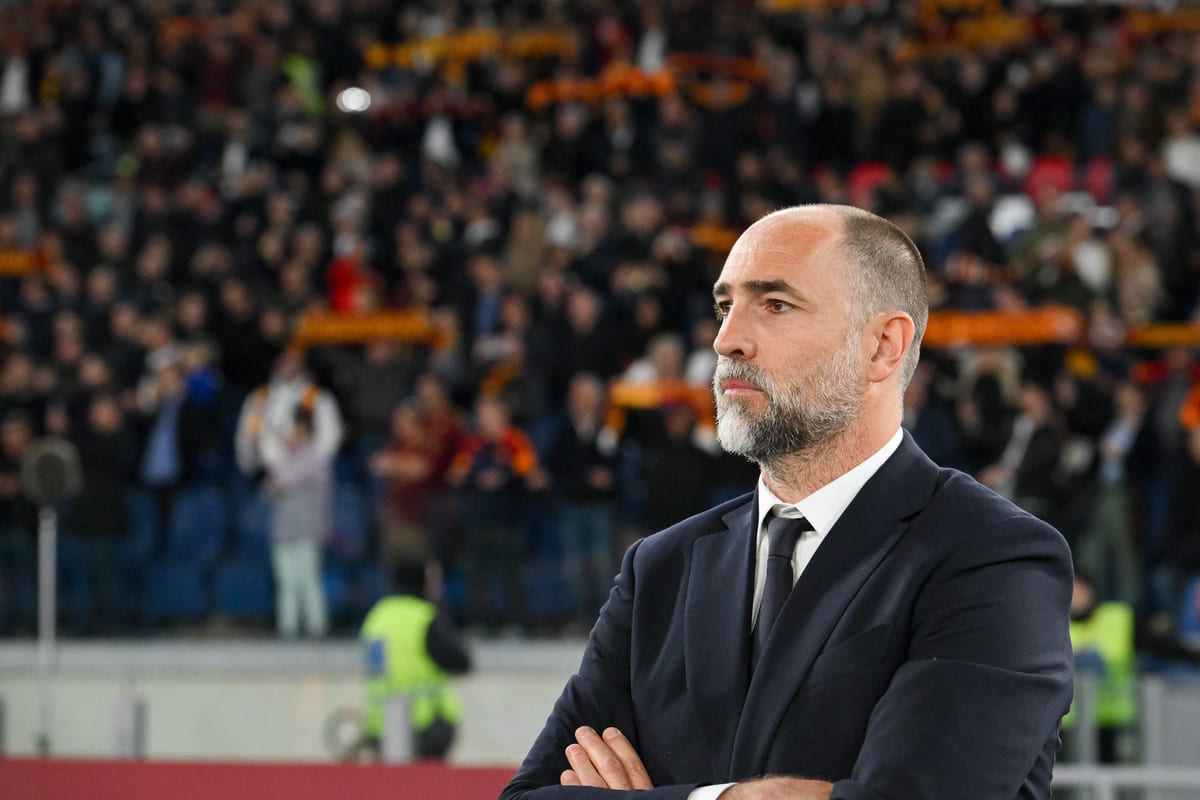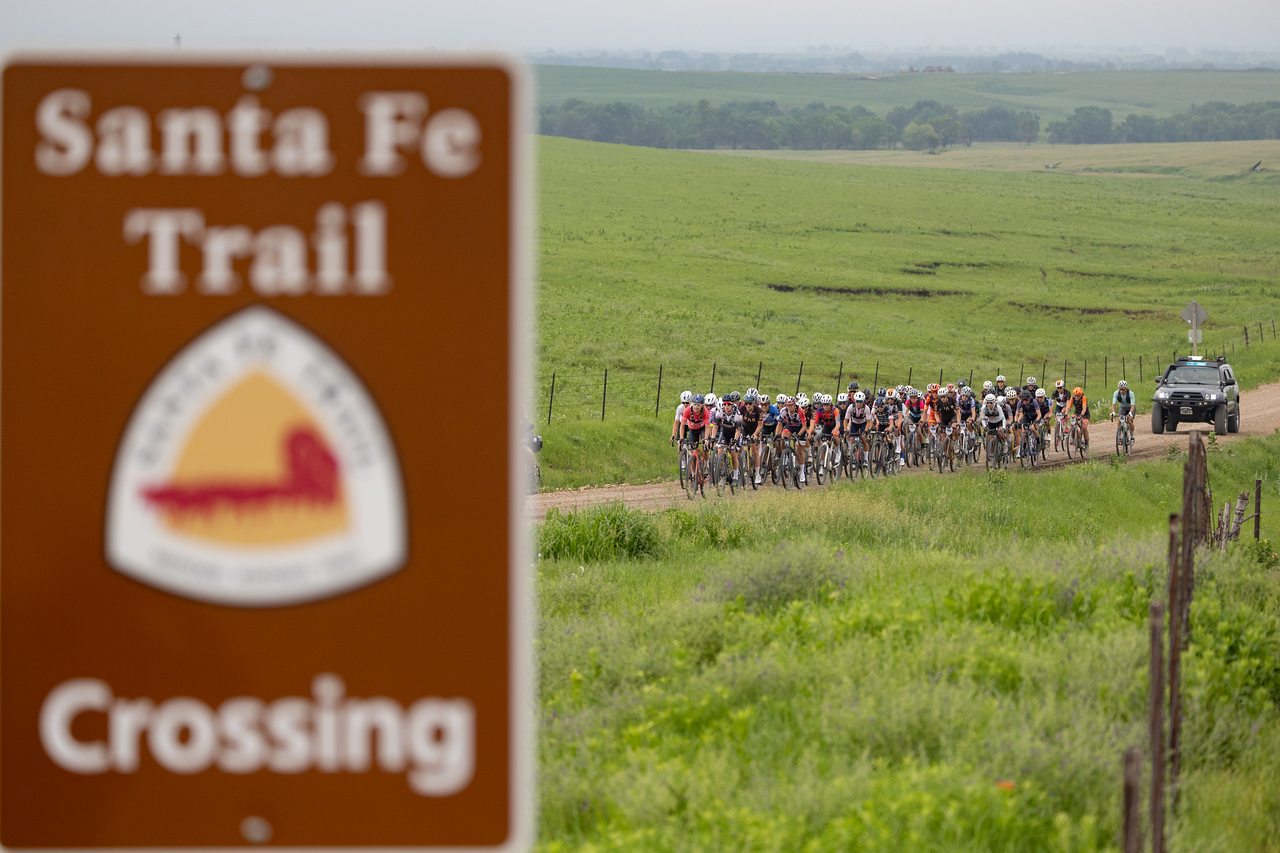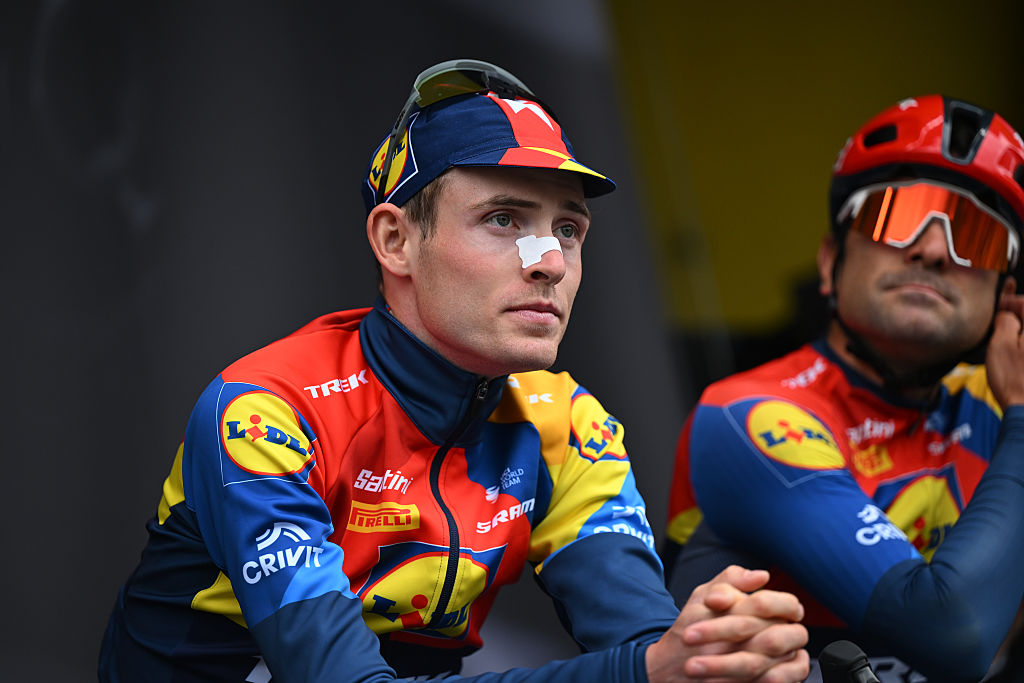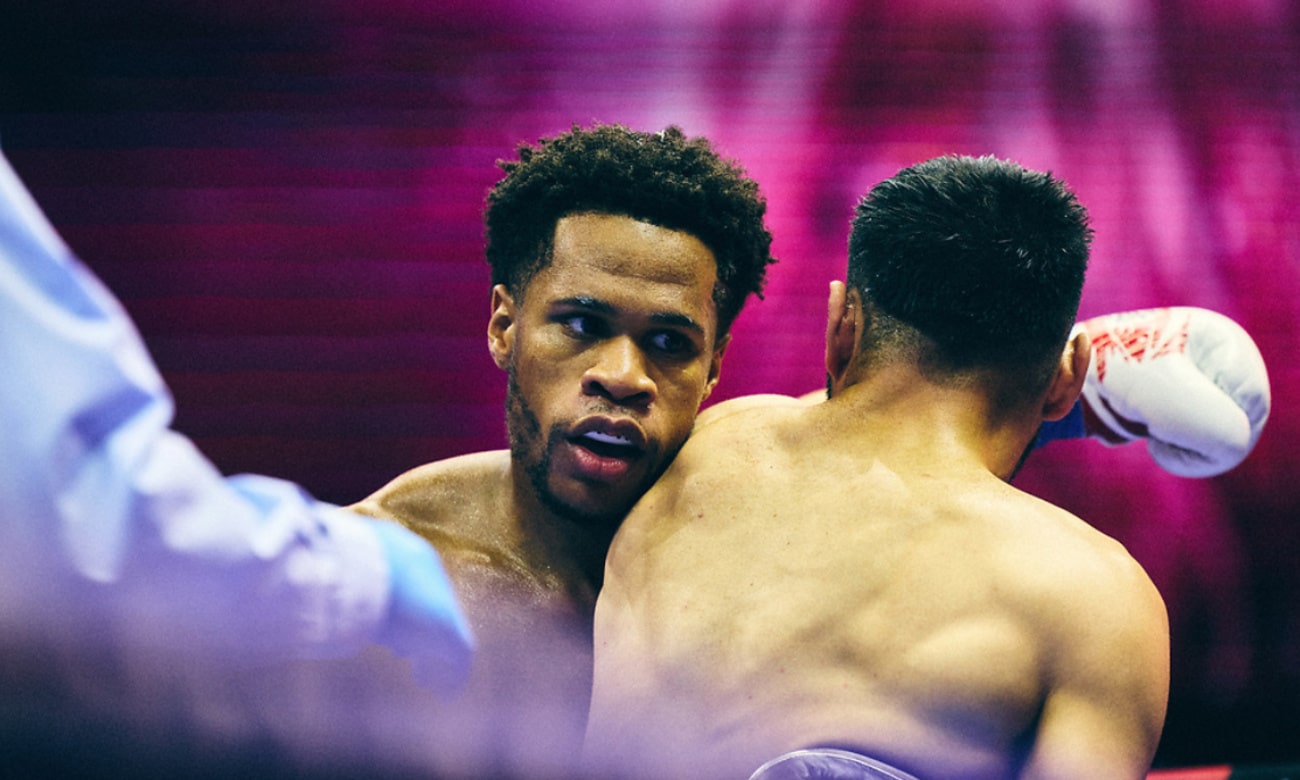Evan Rothman
;)
Dustin Johnson, pictured in 2016, is the most recent U.S. Open champ at Oakmont.
Getty Images
If there’s one thing golfers (and golf writers) love (and hate), it’s a cliché. Drive for show, putt for dough. Tee it high, let it fly. Never up, never in. Never mind that they’re generally about as useful as a 1-iron in a pot bunker.
Then there’s “horses for courses.” Conceptually, it makes sense. And, yes, Tiger won eight times at Torrey Pines, Firestone and Bay Hill. But when you’re Secretariat, every track suits you. Save your stamp, Mark O’Meara: We know you won five times at Pebble Beach, almost a third of your 16 Tour wins, which include a Masters title.
Augusta National, there’s a rub. Given its length, it’s a long hitter’s heaven — except when it isn’t. Charl Schwartzel? Zach Johnson? Mike Weir? At what point do the exceptions that prove the rule suggest that maybe it’s not really a rule after all?
By:
Josh Sens
Which brings us to Oakmont, the most visited and maybe most feared of all U.S. Open sites. It became the longest ever Open host upon its debut in 1927 at a whopping 6,929 yards. It’s bombers who win Opens at Oakmont, like Jack and Ernie and DJ and Angel Cabrera. Except when it’s great iron players, like the OG Tommy Armour, Ben Hogan, Johnny Miller and Larry Nelson.
If we’re going for cliches, how about “the cream rises to the top at Oakmont”? Except, of course, when a local head pro, Sam Parks Jr., wins his only big title, following in the footsteps of Oakmont’s first USGA champion, the Bob Jones–slaying Davidson Herron, an Oakmont member who won the 1919 U.S. Am here. Horses generally do like their home oval.
Here are the U.S. Open winners at Oakmont and how they got it done. Like a snowflake, each is unique.
Tommy Armour, 1927
Oakmont brutal? ’Twas ever thus. In its inaugural 1927 Open, there were only two under-par rounds, including Armour’s second-round 71. “The Silver Scot” salvaged a final-round 76 with a remarkable 3-4- 4-3-4-3 finish, the closing birdie coming after he had a testy exchange with a heckler while contemplating his approach shot. “I’ve been reading you’re a great iron player,” the man said. “Well, let’s see you hit one now.” The ensuing 3-iron to 10 feet ended that discussion and propelled Armour into a playoff with “Lighthorse” Harry Cooper. (There’s a reason Tommy Armour–branded irons have been around since the 1940s.) Armour won the playoff by three strokes with another 76, capturing the first of his three major championships, followed by the 1930 PGA and 1931 British Open.
Sam Parks Jr., 1935
Home cooking never hurts. Parks, a local boy and founding member of the University of Pittsburgh’s golf team, was the pro at nearby South Hills Country Club, and for the month leading into the championship he played nine holes at Oakmont daily before work. The prep paid off —Parks only three-putted twice in 72 holes on the course’s devilish greens, helping him be the only golfer to break 300 for a week plagued by brutal weather. While the 1935 U.S. Open proved his only top-10 major finish, Parks, later an Oakmont member, did win four more times (including, naturally, the 1940 Pennsylvania Open) and halved his lone match, in singles against reigning British Open champion Alf Perry, in the 1935 Ryder Cup.
;)
Bettmann Archive
Ben Hogan, 1953
Hogan, already a three-time U.S. Open champion, fired an opening-round, tournament-low 67 to grab an early lead, which he never relinquished — but it did get tight, as Sam Snead’s third-round 72 in Saturday’s morning 18 brought him to within a stroke. In the final round that afternoon, Snead remained a shot back at the turn until Hogan hit the accelerator, making three birdies on the inward nine, including a monster putt on the 13th, to win by six strokes over the luckless Snead, who would finish runner-up in the national championship four times without winning. Hogan had won the Masters in April and went on to capture the Open Championship post-Oakmont a few weeks later (overlapping with the PGA that year) to cap one of golf’s greatest seasons.
Jack Nicklaus, 1962
Behold, Ground Zero for golf’s greatest major champion, and the height of its greatest rivalry. At just 22, Nicklaus was competing in his sixth U.S. Open, albeit his first as a pro, having finished second at Arnold Palmer’s 1960 triumph and fourth in 1961. Nicklaus was T5, two back of native son Palmer, from nearby Latrobe, to start the final round. Nicklaus and Palmer were tied for the lead after 13, and each man missed birdie chances on 18. (Nicklaus had one three-putt all week, Palmer 10.) Arnie’s Army, proud and loud, numbered 10,000 for the Sunday playoff, but, no matter, Nicklaus’ steely 71 topped the King by three. “Now that the big guy is out of the cage,” said Palmer in the aftermath, “everybody better run for cover.”
;)
Bettmann Archive
Johnny Miller, 1973
Did Miller see the greatest round in major championship history coming? No. He told his wife, Linda, to be ready to skedaddle to the next event once his last putt for the week dropped. A Saturday 76 had dropped Miller to T13, six back. On the range warming up, however, a voice in the player’s head told him to exaggerate opening his stance. Good advice: birdies on 1 through 4. A three-putt bogey on 8 proved a mere blip — Miller birdied four of the next five holes, then stuffed another approach on 15 to set up another birdie and the solo lead. On the closing hole, he hit his 18th straight green in regulation, lipped out a 20-footer for birdie and signed for the majors’ first-ever 63. The Millers stayed for the trophy ceremony.
Larry Nelson, 1983
Nelson rates among the most unlikely, and toughest, of major champions, this U.S. Open triumph sandwiching a pair of PGA Championships in 1981 and 1987. He took up golf at age 21, after serving as an infantryman in Vietnam. At Oakmont, Nelson made another late start, shooting a middling 74-73 to make the cut but seven back; after bogeying the third hole on Saturday, he was +7 and not on a single person’s radar. Then — bam! — Nelson played the next 14 holes in seven under to finish Saturday one back of co-leaders Seve Ballesteros and Tom Watson. In the final round, a miraculous 62-foot birdie putt by Nelson on the par-3 16th applied pressure to Watson, who faltered. Nelson’s weekend 65-67 broke the Open’s final 36-hole scoring record held by Gene Sarazen for more than a half century.
;)
Getty Images
Ernie Els, 1994
The Big Easy made things hard on himself in 1994. A third-round 66 gave Els a three-stroke cushion over pursuers Colin Montgomerie and Loren Roberts. But the South African’s Sunday struggles left the door open. Roberts, “the Boss of the Moss,” had a five-footer on 18 to take the clubhouse lead but “I could barely take the putter back,” he later said, and missed. Els, needing par at the last to win, butchered the hole but made a similar five-footer to Roberts for bogey to create a three-way playoff. In it, Montgomerie double-bogeyed 2 and 3 en route to 78; Els started bogey, triple bogey but grinded out a 74, as did Roberts, with Els winning on the second hole of sudden death with a two-putt par. Phew!
Angel Cabera, 2007
Nicknamed “El Pato” (“the duck”) for his splay-footed walk, Cabrera grew up in difficult conditions, the son of a handyman and a maid who separated and left him in the care of a grandmother at a very young age. By 10, he was caddying to earn money and learn the game. All in all, not someone to be stressed by Oakmont’s difficulty, or facing down Tiger Woods and local hero Jim Furyk, both of whom he beat by a stroke. Cabrera’s final-round 69 included an improbable birdie 2 at the par-3 8th, playing a monstrous 300 yards. He became the first South American to win a U.S. Open and was the only player in the field to shoot two under-par rounds on the par-70 layout.
Dustin Johnson, 2016
DJ seemed the majors’ Heartbreak Kid. Had a three-shot lead to start the final round of the 2010 U.S. Open at Pebble Beach — shot 82. Led the 2010 PGA by a shot teeing off on the 72nd hole, thought he made bogey but got a two-stroke penalty for grounding his club in a bunker. Three-putted from 12 feet on the last at the 2015 U.S. Open to lose by one. For brutish Oakmont to prove cathartic a year later, well, the golf gods had inflicted enough. Johnson’s final-round rally of 69 to win by three was near flawless… except for the controversial one-stroke penalty assessed post-round for having made his ball move as he addressed it on the 5th green, despite being absolved of wrongdoing at the time. DJ gonna DJ.

Evan Rothman
Golf.com Contributor
A former executive editor of GOLF Magazine, Rothman is now a remote contract freelancer. His primary role centers around custom publishing, which entails writing, editing and procuring client approval on travel advertorial sections. Since 2016, he has also written, pseudonymously, the popular “Rules Guy” monthly column, and often pens the recurring “How It Works” page. Rothman’s freelance work for both GOLF and GOLF.com runs the gamut from equipment, instruction, travel and feature-writing, to editing major-championship previews and service packages.


;)












